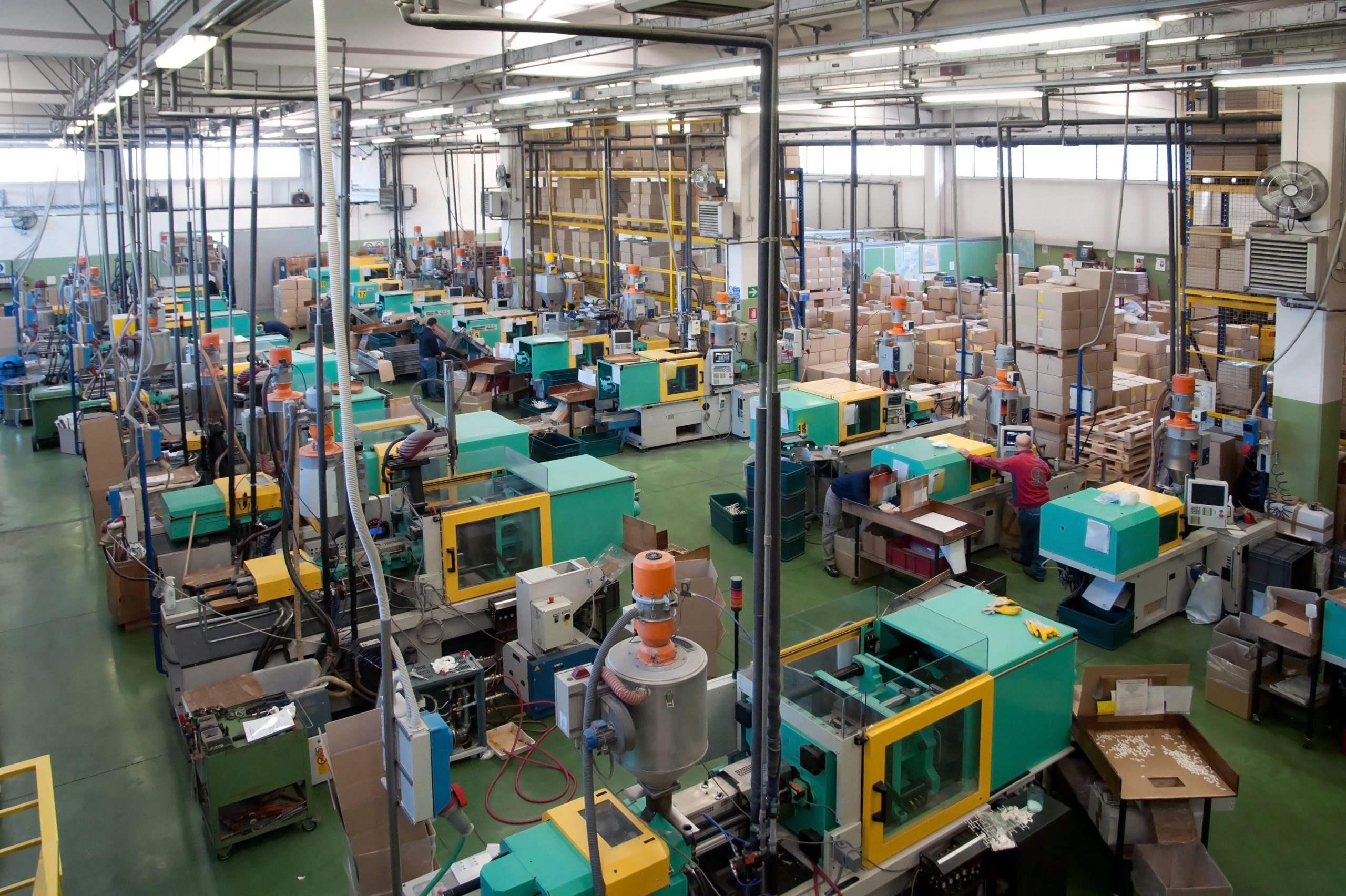The China injection molder process is designed to produce large quantities of parts. Contrasted with other assembling advances — like CNC machining and 3D printing — it requires a forthright, capital interest into tooling. However, compared to other methods of manufacturing plastic parts, the price per individual piece will be significantly lower. Because of its cost structure, it is an affordable option for short runs in production.
Due to its low cost per component and low waste of materials, it is typically utilized for the mass production of plastic parts. Medical devices, consumer goods, and the automotive industry, to name a few, benefit greatly from this manufacturing method.
How is injection molding carried out?
Fabrication of tools: Milling the tooling, which is typically made of steel or aluminum, is the first step in the manufacturing process after an injection molding design has been finalized. The majority of the time, a CNC mill is used to carve out a negative of the final plastic part from the metal block. Extra medicines like cleaning or laser carving can then be applied to the tooling to accomplish explicit surface completions.
Production in part: The loading of resin pellets into a barrel marks the beginning of the actual production of plastic parts. The temperature of the barrel is raised until the sap pellets arrive at a liquid state and are then packed. The molten plastic is then injected into the metal tool via a runner system, where it is fed through gates into the mold cavity. After that, the component cools down, solidifies, and smart space furniture ejector pins are used to remove it from the tool.
The process of injecting liquid resin into a tool to form plastic parts is known as injection molding. There are several types of injection molding. There are four typical kinds:
Injection molding using thermoplastics
The most prevalent type of molding is thermoplastic injection molding. The thermoplastic resin is injected into the mold, where it cools and forms the final part.
Molding of liquid silicone rubber
The plastic component of liquid silicone rubber is produced through a chemical reaction with thermoset materials.
Overmolding
Overmolding is a method for making parts out of plastic that combine two or more materials. This is frequently found on parts that have rubber added to the handle to improve grip.
Put in a molding
The process of insert molding begins with the introduction of an insert component into the mold prior to the entry of resin. After that, the material is injected and flows around the insert, usually made of metal, to make the final part. Parts that need metal threads frequently use this.
Fundamental Plan Standards for Infusion Embellishment
Tolerances
We are able to hold approximately 0.003 in using our injection molding process. machining precision Part design and resin selection play a major role in shrink tolerance. It ranges between 0.002 inches/in. up to 0.025 in./in for stable resins like ABS and polycarbonate. for resins that are unstable, like TPE.
Wall Thickness
Wall thickness is crucial because it can cause problems like sinking and warping. Keeping a consistent thickness throughout an injection-molded part is best practice. Wall thickness should be between 40% and 60% of that of adjacent walls, and all should fit within the recommended thickness ranges for the chosen resin.
Core Geometry
To get rid of thick walls, core out parts. The same functionality can be found in a high-quality molded part. Part dimensions can be altered, strength diminished, and post-process machining required by excessive thickness.
Draft
Drafting molded parts is essential for ensuring that they do not warp during cooling and for making it easier for the part to be removed from the mold. In most cases, applying 1 to 2 degrees is effective. We recommend including.5 degrees of draft if there are vertical faces.
Side Actions
a portion of the mold that is pushed into place by a cam-activated slide as the mold closes. Side-actions are usually used to get rid of an undercut or to let in an undrafted outside wall. The side action separates from the component as the mold opens, allowing the component to be ejected. Also known as a “cam.”
Undercuts
a portion of the part that shadows another portion of the part, interlocking the part with either one of the mold halves or both of them. A model is an opening opposite to the form opening bearing drilled into the side of a section. An undercut prevents the mold from opening or the part from being ejected.
Bosses
A raised stud highlight that is utilized to draw in clasp or backing elements of different parts going through them. A tendency to design thick bosses can make it more likely that a part will sink and have voids. For more strength, think about adding ribs or gussets to bosses.

